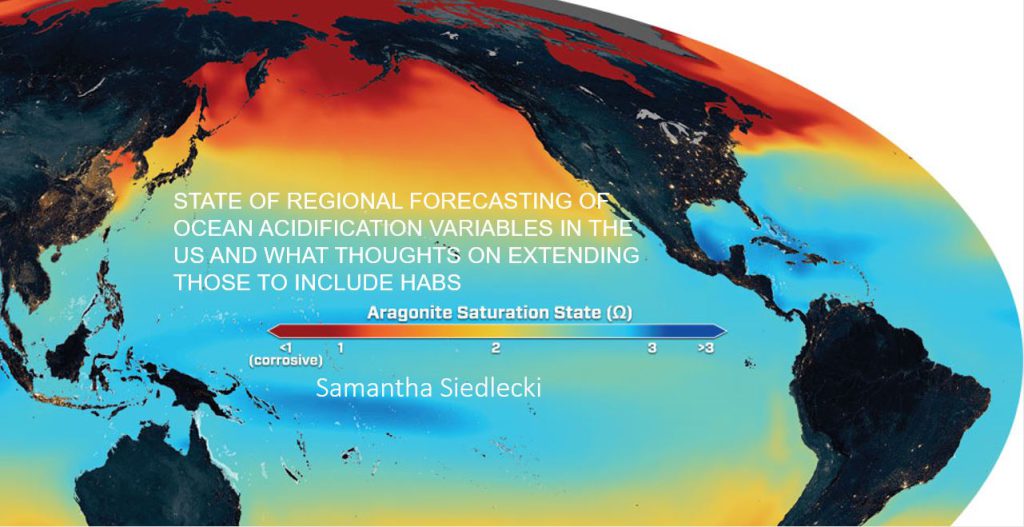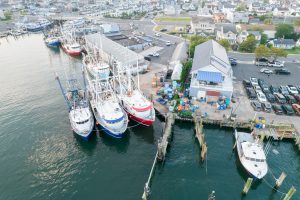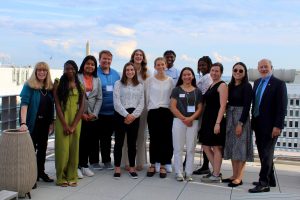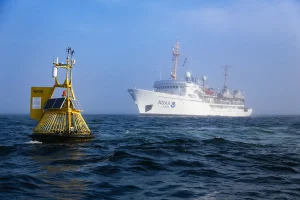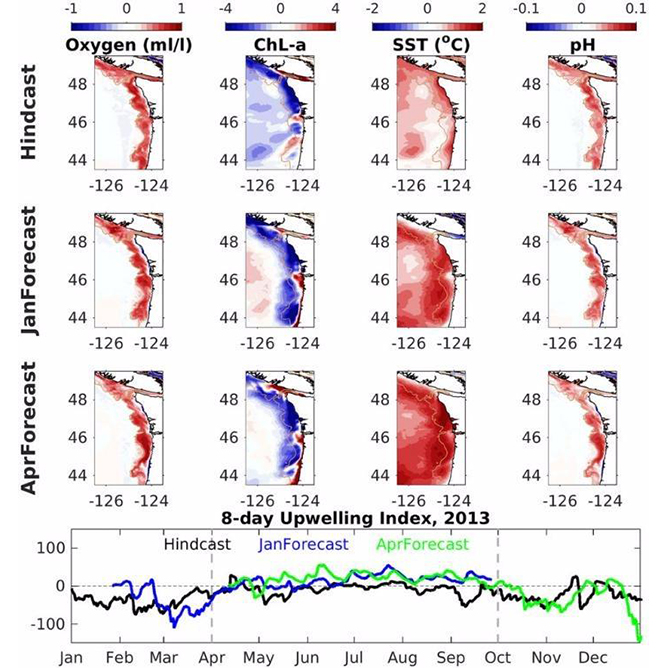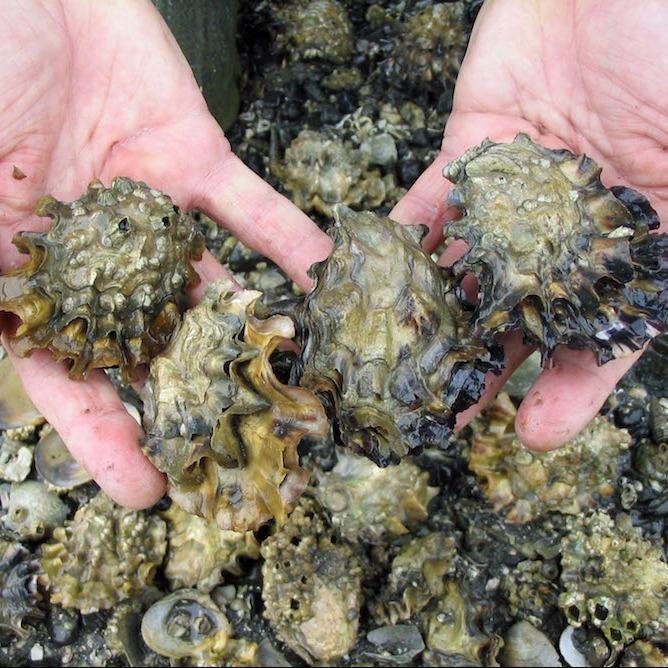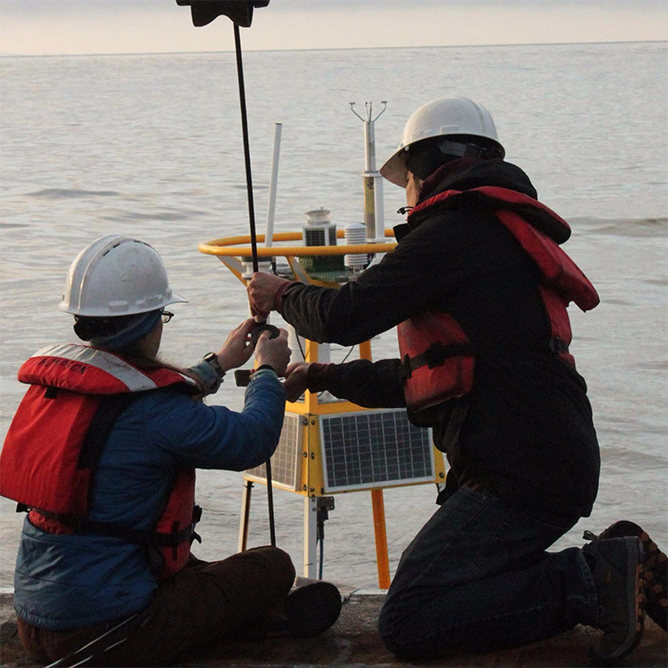Corrosive, hypoxic, and harmful algal bloom (HAB) events in coastal waters are of increasing
concern to local fisheries and managers. Many important species around the country in coastal
waters are currently experiencing or are expected to feel effects of ocean acidification and
harmful algal blooms, both of which have the potential to affect not only marine species health
but also human health. HAB and ocean acidification (OA) and hypoxia distributions are often
patchy in both space and time, such that one area might experience a bloom or low dissolved
oxygen while a nearby area does not, and these conditions can change over the course of a day at
a single site. Rapid, timely, and spatially extensive detection and monitoring of HABs is vital for
public health and safety. Similarly, monitoring and forecasts of corrosive conditions are valuable
for advising shellfish growers. The collective ability to predict the co-occurrence of the intensity
of harmful algal blooms, hypoxic and corrosive conditions, as well as the spatial variability of
these conditions, alongside changes in their duration is of considerable benefit to managers.
Moreover, modeling work can enable scientists to evaluate triggers and possible synergies
between ocean acidification and HABs to investigate observationally and in the lab. This
presentation will include recent advances in modeling and forecasting of across different regions
in the U.S. Nearly all the coastal regions of the US are developing OA forecasts and these
systems span many habitats relevant to HABs. In some cases, the systems are used for other
forecasts including HABs. Along the U.S. West Coast, a mosaic of ocean modeling activities,
run as quasi-operational systems that provide numerous products pertaining to harmful algal
blooms, ocean acidification, and hypoxia. Along the U.S. Gulf and East coasts, modeling and
quasi-operational systems focus on hypoxia and HABs.
View the recording and complete this questionnaire after viewing.
